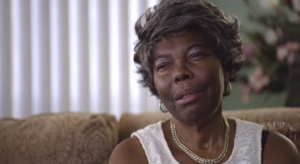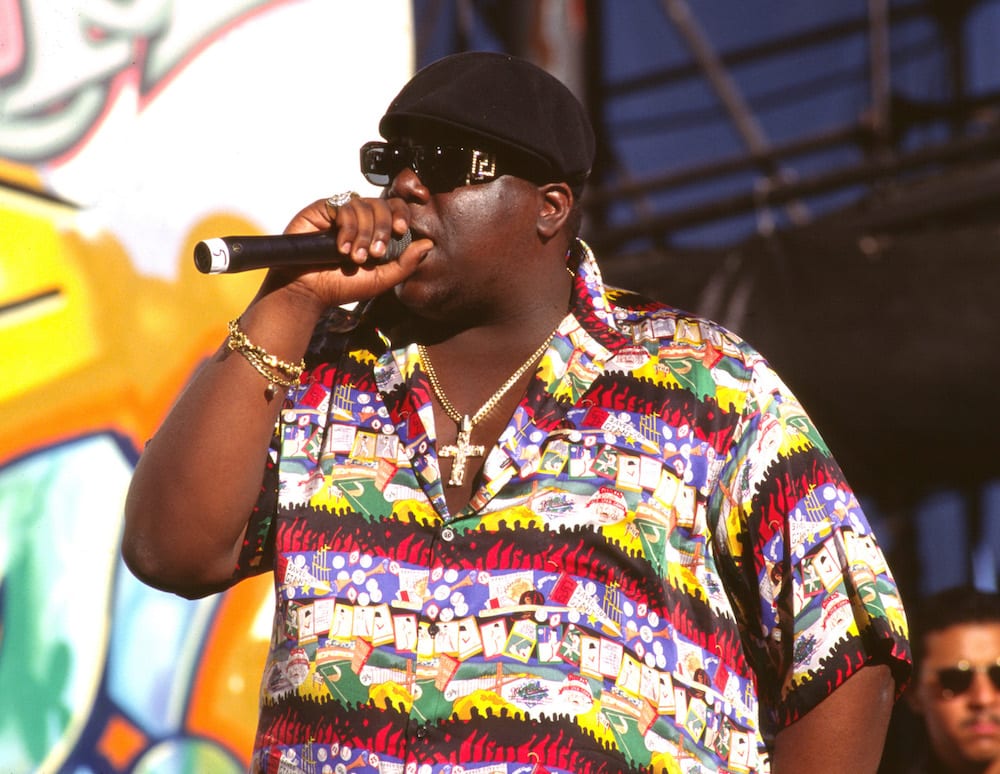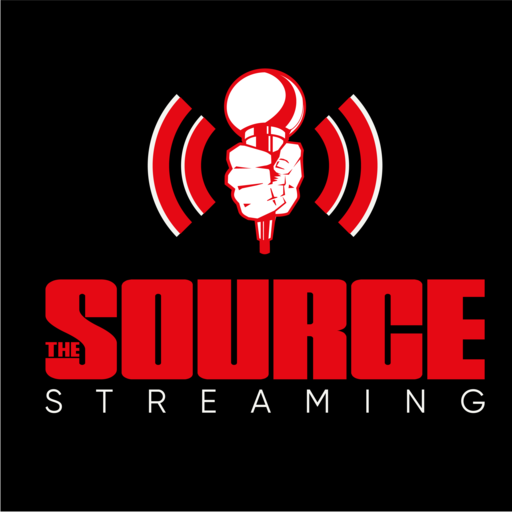Netflix’s Biggie: I Got A Story To Tell is a must-watch!
Netflix’s Biggie: I Got A Story To Tell was released in March and it added a fresh perspective to the legendary rapper’s legacy.
The streaming platform did an impressive job of humanizing the Notorious B.I.G. and telling his story in a way that we’ve never heard before.
Advertisement
There were some stones left unturned but it was heartwarming to see how comedic and charismatic the late rapper was and where his drive and inspirations came from as a child.
This isn’t the first time that Biggie’s story has been told. His mother, Voletta Wallace, and former manager, Mark Pitts, produced the 2009 biographical drama film Notorious starring Jamal Woolard, Anthony Mackie, and Naturi Naughton.
The film focused more on Big’s rags-to-riches story but Netflix did an excellent job of adding context to his origin with rare footage and conversations with his family and close friends.
It showed how hands-on he was for the development of his career and how hopeful he was for the future even after the peak of the infamous West Coast vs East Coast beef.
Check out 11 things I learned from watching Netflix’s Biggie: I Got A Story To Tell:
1. Biggie and his crew vlogged everything. At the time it was just considered “taping the day” but his best friend, D Roc, recorded all the rare footage that we saw on the documentary.
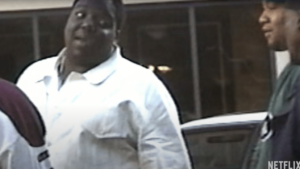
2. Biggie spent Summers in Jamaica. Many Brooklyn kids are of Caribbean descent but a lot of them are Americanized and don’t know too much about their family’s culture. But the “Juicy” rapper “loved” Jamaica according to his mother and went every Summer until he started selling crack. His Uncle Dave was indirectly credited for inspiring a young Biggie’s musical aspiration.
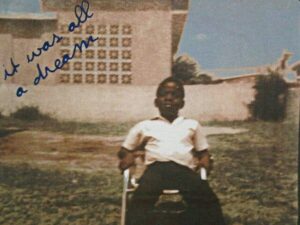
3. Biggie was writing songs since elementary school. He said his mother gifted him a cassette player where he listened to the Fat Boys and Run DMC tapes. His elementary school friends said he was already writing rhymes when they were in school.
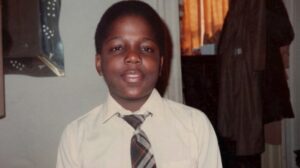
4. Biggie’s neighbor was grooming him to be a Jazz musician. In a previous interview, the late rapper mentioned his neighbor, Donald Harrison, who was a jazz player and took him to the museum and taught him to play instruments.
5. Roland Young, better known as Ollie, pushed Biggie to pursue music before he was also killed, even though Big sought him out to help his street entrepreneurship. Big O convinced Biggie to record a demo after his infamous rap battle on Bedford Avenue. 50 Grand, who was a Bedstuy native, recorded and mixed Biggie’s demo which he said was done in one take in about an hour.
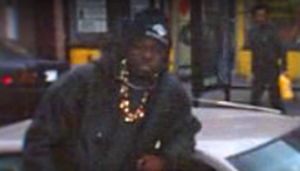
6. Biggie’s original rap name was MC Cwest. There’s no telling when he changed it but he urged fans not to call him Biggy Smalls because of a lawsuit he was threatened with by the original Biggy Smalls, in an unearthed interview that was previewed in the documentary.
7. Biggie’s favorite rapper was Big Daddy Kane. Mister Cee, who was Kane’s tour DJ at the time, gave Big’s demo to the then Editor-in-Chief of The Source Magazine and that’s how he landed his feature in the coveted Unsigned Hype.

8. Biggie’s mother battled with breast cancer when his career began taking off.
9. Biggie’s fathered abandoned him and his mother presumably because of his own shame of having a child outside of his marriage.
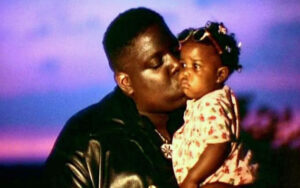
10. Biggie wanted to expand to entrepreneurship. The late Brooklyn rapper wanted to run his own label, get into movies and television shows, and start his own clothing line.
11. Big’s mom “didn’t have any” tears to shed at the funeral. She didn’t listen to his music as per his request but she finally “listened to it once” after his passing.
